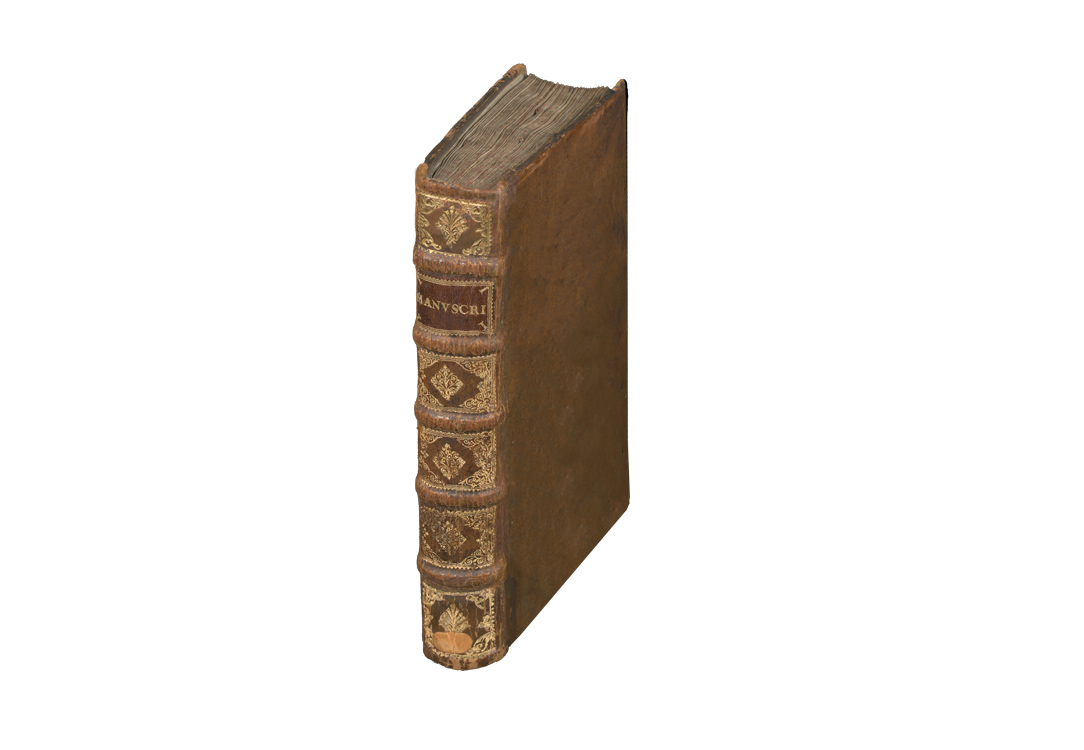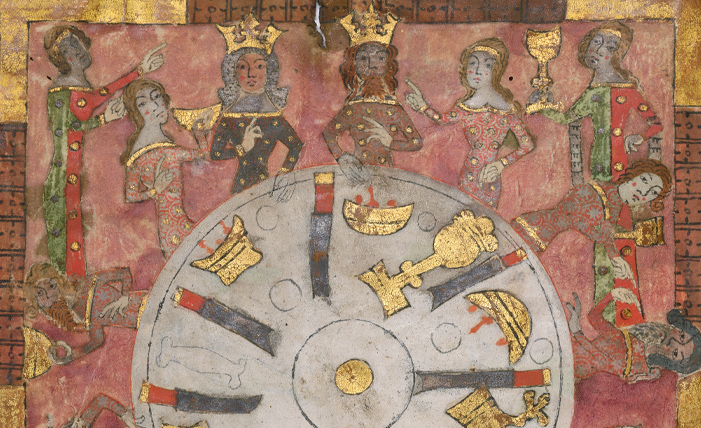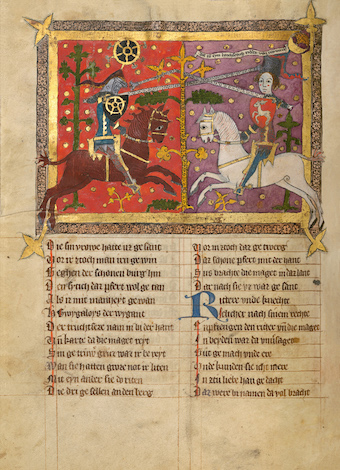
The Wigalois by Wirnt von Grafenberg
An Arthurian Romance in Magnificent Illustrations
Immerse yourself in the fascinating world of Wigalois!
Discover a jewel of medieval literature: Wigalois, a unique courtly verse romance that transports you to the legendary world of King Arthur. Written by Wirnt von Grafenberg in the early 13th century, this romance ranks alongside Wolfram von Eschenbach’s Parzival as one of the most popular and significant works of its time. The story centers on Wigalois, the son of the legendary knight Sir Gawain and himself one of the Knights of the Round Table. His richly illustrated adventures not only make for a captivating read but also offer fascinating insights into the culture and splendor of the Middle Ages.
Faksimile-Edition
The Wigalois by Wirnt von Grafenberg: The Manuscript
Medieval Book Art to Hold in Your Hands
This masterpiece of literature is now brought back to life through an exceptional facsimile edition. Based on the magnificent, illustrated Leiden manuscript from 1372, considered the richest and most splendid transmission of the novel, this limited edition offers an unparalleled experience. Across 236 pages, 49 richly colored miniatures in vibrant opaque colors, gold, and silver accompany the text. Particularly exceptional are the carpet-like decorated backgrounds, which are unique in epic illustration. The faithful reproduction of this manuscript allows you to experience a masterpiece of medieval book art up close.
Unique Insights into the Time of Origin
Wigalois – The Adventure Beckons!
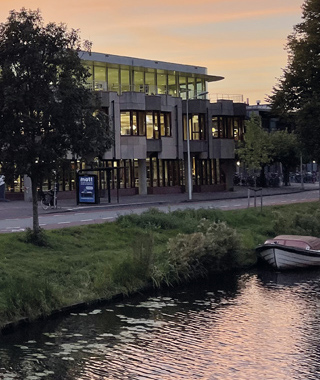
Under the Magnifying Glass
Forty-nine richly adorned miniatures, embellished with gold and silver, accompany the tales surrounding Wigalois. In a chivalric romance, one cannot avoid witnessing scenes of combat between knights. Here too, the artist reveals his mastery in the details.
The Wigalois by Wirnt von Grafenberg: The Edition
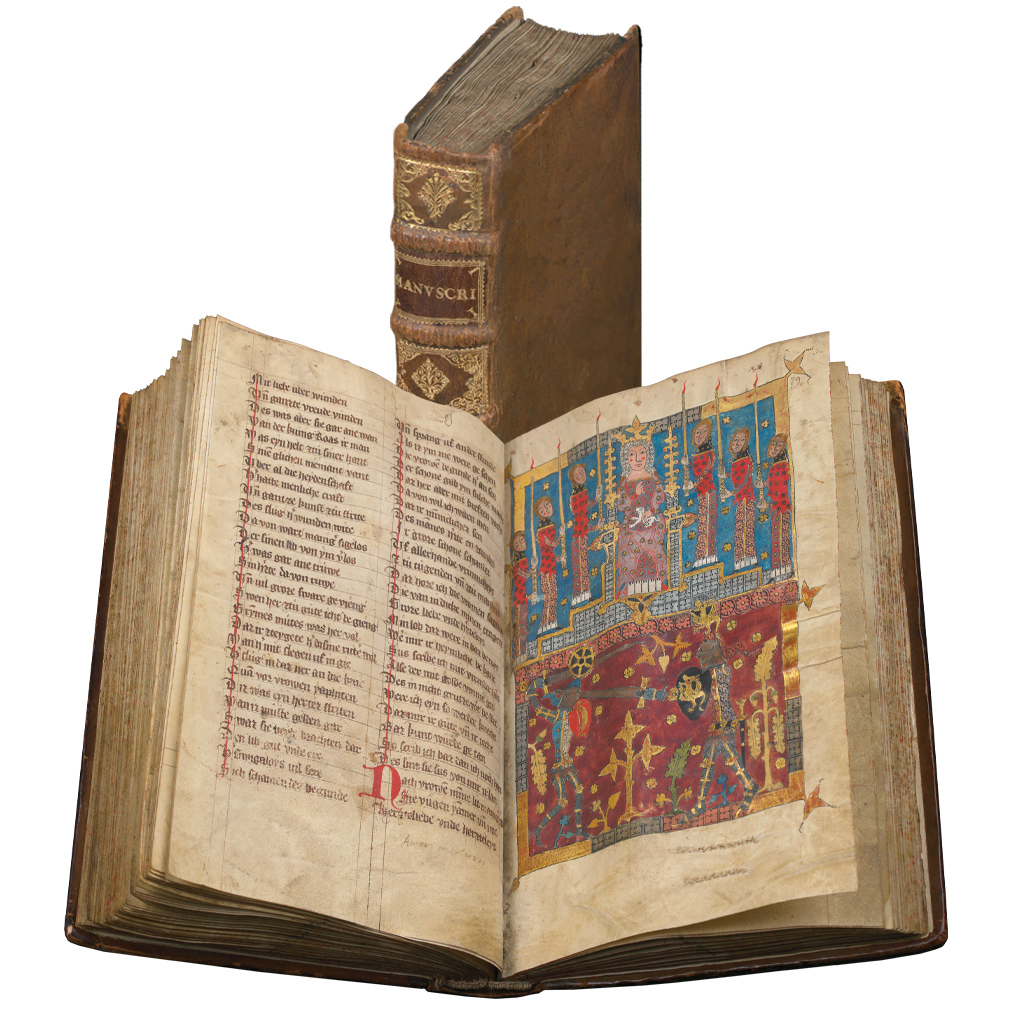
The Manuscript and the Facsimile at a Glance
The Wigalois romance by Wirnt von Grafenberg (circa 1220) ranks among the most popular Arthurian epics in German. Now, for the first time, the most splendid of all surviving manuscripts – created in 1372 at Amelungsborn Abbey – is being published as a limited facsimile edition by Quaternio Verlag Luzern.
Manuscript: Leiden, University Library, LTK 537
Date of Origin: Completed on January 6, 1372
Place of Origin: Amelungsborn Abbey (Lower Saxony)
Format: Approximately 24 x 17 cm
Extent: 236 pages (118 folios)
Artists: Illustrator unknown; scribe: Jan von Brunswick
Patron: Duke Albert of Brunswick
Illumination: 49 miniatures in vivid, fresh colors, richly adorned with gold and silver
Binding: Brown leather binding with gilt spine.
Commentary Volume for the Edition: A team of Wigalois experts is working to bring this illustrated manuscript to life for readers. In addition to a general introduction to the work and its author, Gesine Mierke and Christoph Schanze provide translations, while Jef Jacobs and Barend Verkerk are responsible for the transcription. Christoph Fasbender investigates the linguistic context of the text. Margit Krenn and Manuel Hoder offer detailed commentary on the colorful illustrations.
Important Note: Please note that the commentary volume is available in German only. However, the text can be easily translated into English online, using a PDF file which we will provide for our English-speaking customers.
Print Run: 480 copies
The facsimile edition will be released in autumn 2026.
Faksimile-Edition
Enjoy Viewing Several Sample Pages:
A Glimpse into Wigalois by Wirnt von Grafenberg
Wigalois must do battle not only with knights, but also with dragons and other monstrous creatures.
Yet fortune does not always favor him. On the pages shown here (fol. 52v–56v), Wigalois is exhausted after his fight with the dragon and lies down to sleep.
A fisherman and his wife discover him and steal his clothes while he sleeps deeply.
How does he recover them?
Experience the story for yourself in the facsimile edition.
Faksimile-Edition
A Challenging Production: fac simile
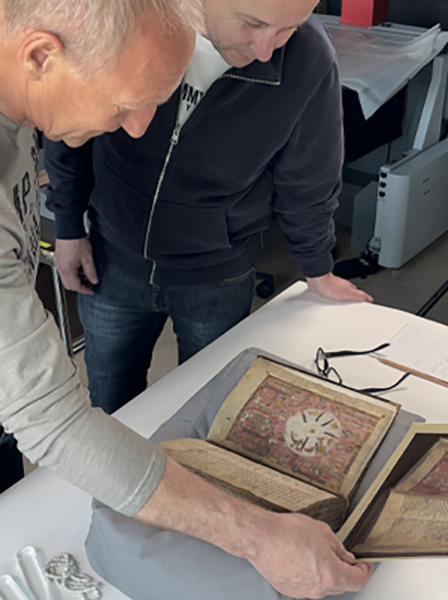
High-Resolution Digitization
At the University of Leiden’s photographic studio, a female photographer captures every minute detail of the original manuscript using state-of-the-art technology. Special lighting ensures the brilliant reproduction of every gold and silver element, faithful to the medieval masterpiece.
Expert Lithography Preparation
Lithrographers with decades of experience prepare the digital data for printing. Each step demands meticulous care: colors are meticulously matched to the original, and even the smallest gold leaf accents and silver embellishments in the manuscript are verified and replicated with precision.
Brilliant Printing and Finishing
The facsimile is produced by a long-standing printing partner specializing in high-precision color and precious metal reproduction. Every page is printed with utmost care, ensuring the vivid hues of opaque paints, gold grounding, and silver highlights reflect the manuscript’s medieval splendor.
Traditional Bookbinding Craftsmanship
At the Steinbrener bookbinding workshop—a family-run business celebrating 170 years of tradition in 2025—the printed sheets are hand-folded, stitched, and bound with meticulous attention to detail. The finished book block is embedded into a hand-tooled leather binding, crowned with a gilded spine, creating a physical testament to medieval artistry and modern mastery.
A Labor of Love
For every artisan involved, this facsimile is not merely a professional task but a labor of love. From digitizers and printers to master binders, their collective passion transforms centuries-old narratives into a tangible, timeless treasure for scholars and enthusiasts alike.
Faksimile-Edition
The Facsimile Folder for the Edition
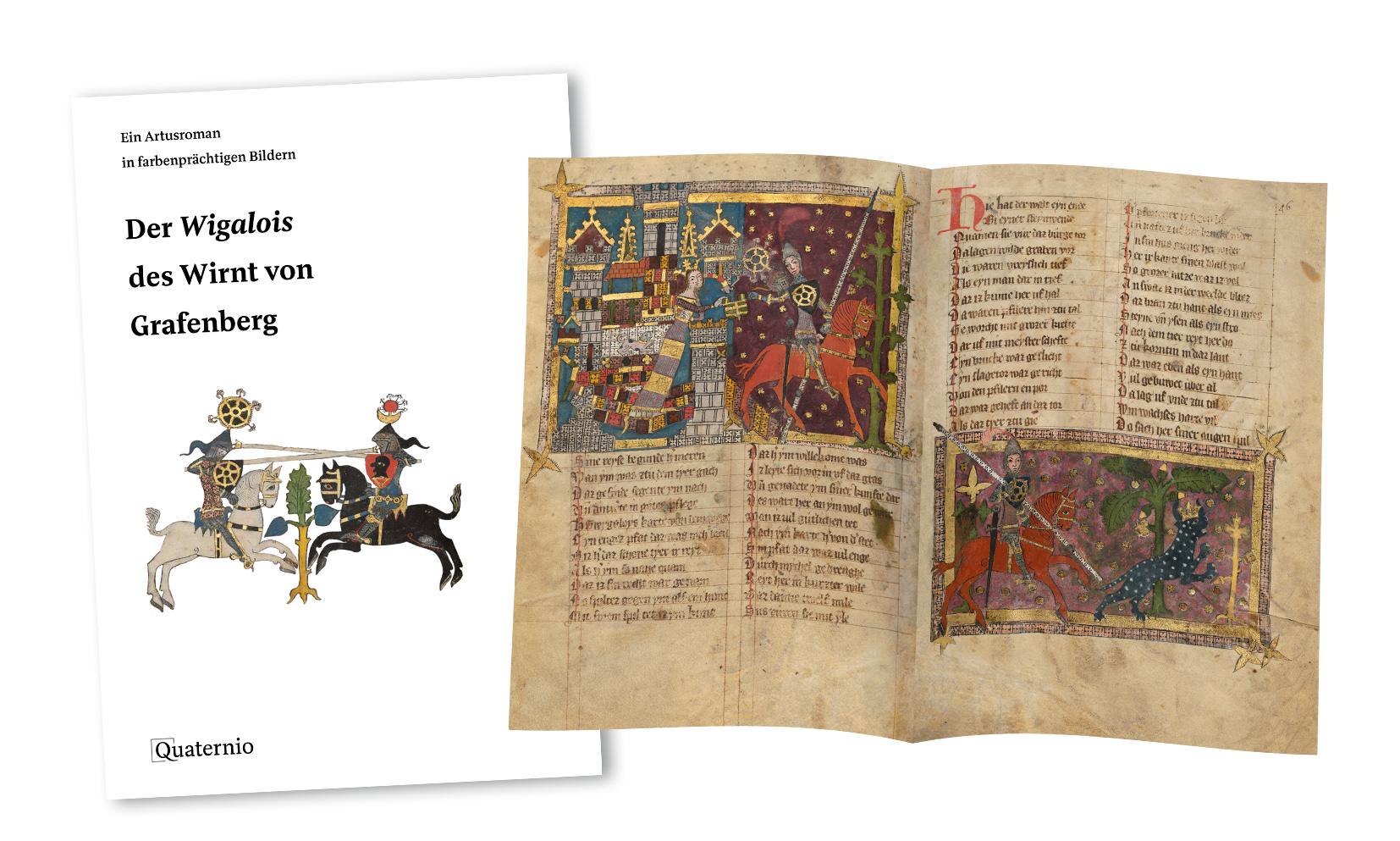
The Facsimile Portfolio introduces you to the colorful visual world and the enchanting text of the Arthurian epic. The three miniatures on the original facsimile sheet are extensively described in the accompanying booklet, with the text transcribed and translated.
32-Page Accompanying Booklet
Includes contributions from the commentary volume authors:
• Gesine Mierke and Christoph Schanze (translation and introduction)
• Jef Jacobs and Barend Verkerk (textual transcription)
• Margit Krenn and Manuel Hoder (analysis of the miniatures)
Important Note: Please note that the facsimile folder is available in German only.
The Wigalois by Wirnt von Grafenberg
Order facsimile folder
Click here to go to the online shop (only available in German) where you can order the facsimile folder for the Wigalois by Wirnt von Grafenberg. Or send us an email to info@quaternio.ch.
Request brochure
We would be glad to provide you with additional information regarding the facsimile edition of the Wigalois by Wirnt von Grafenberg. Click here to order the brochure.





